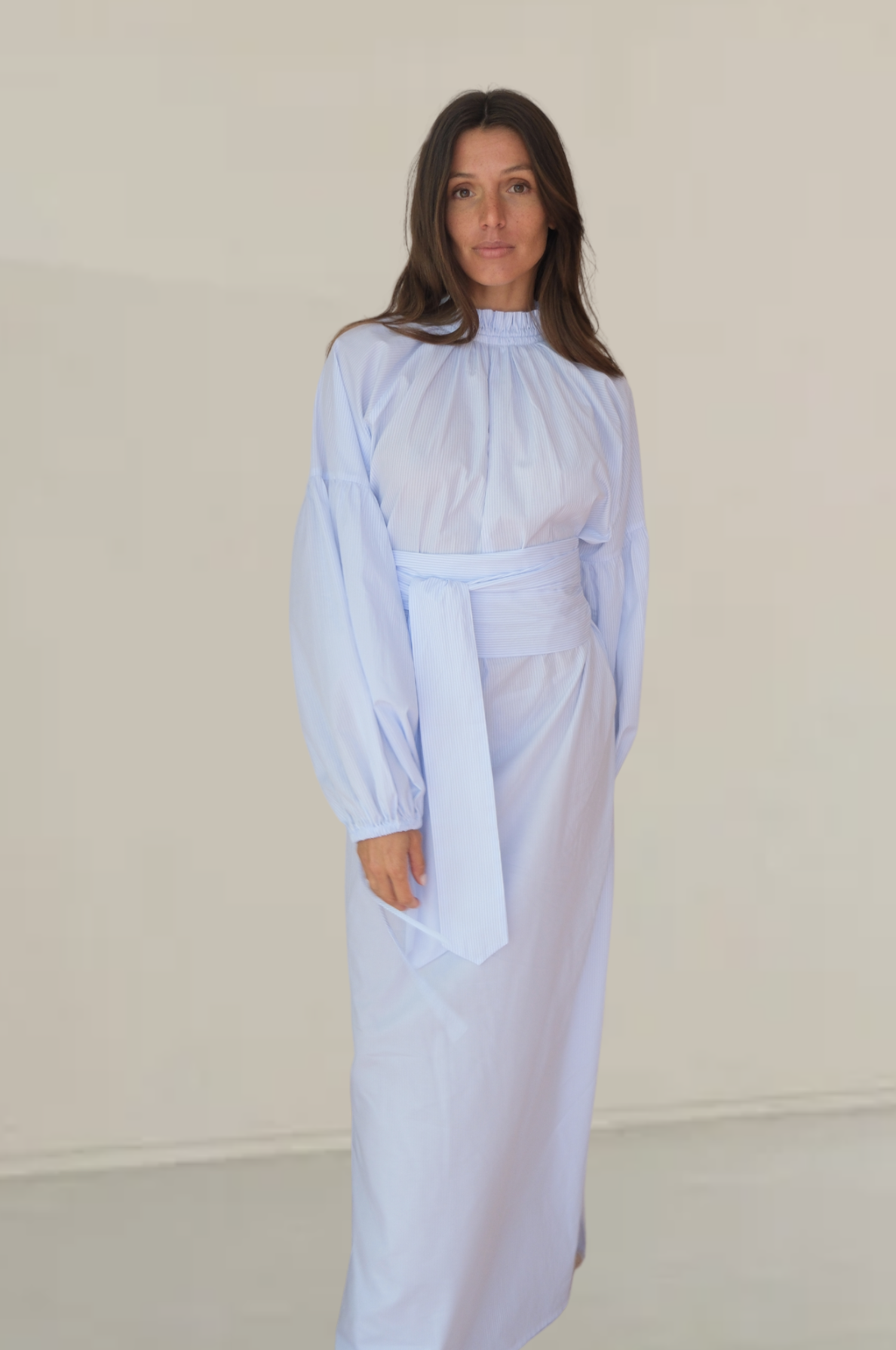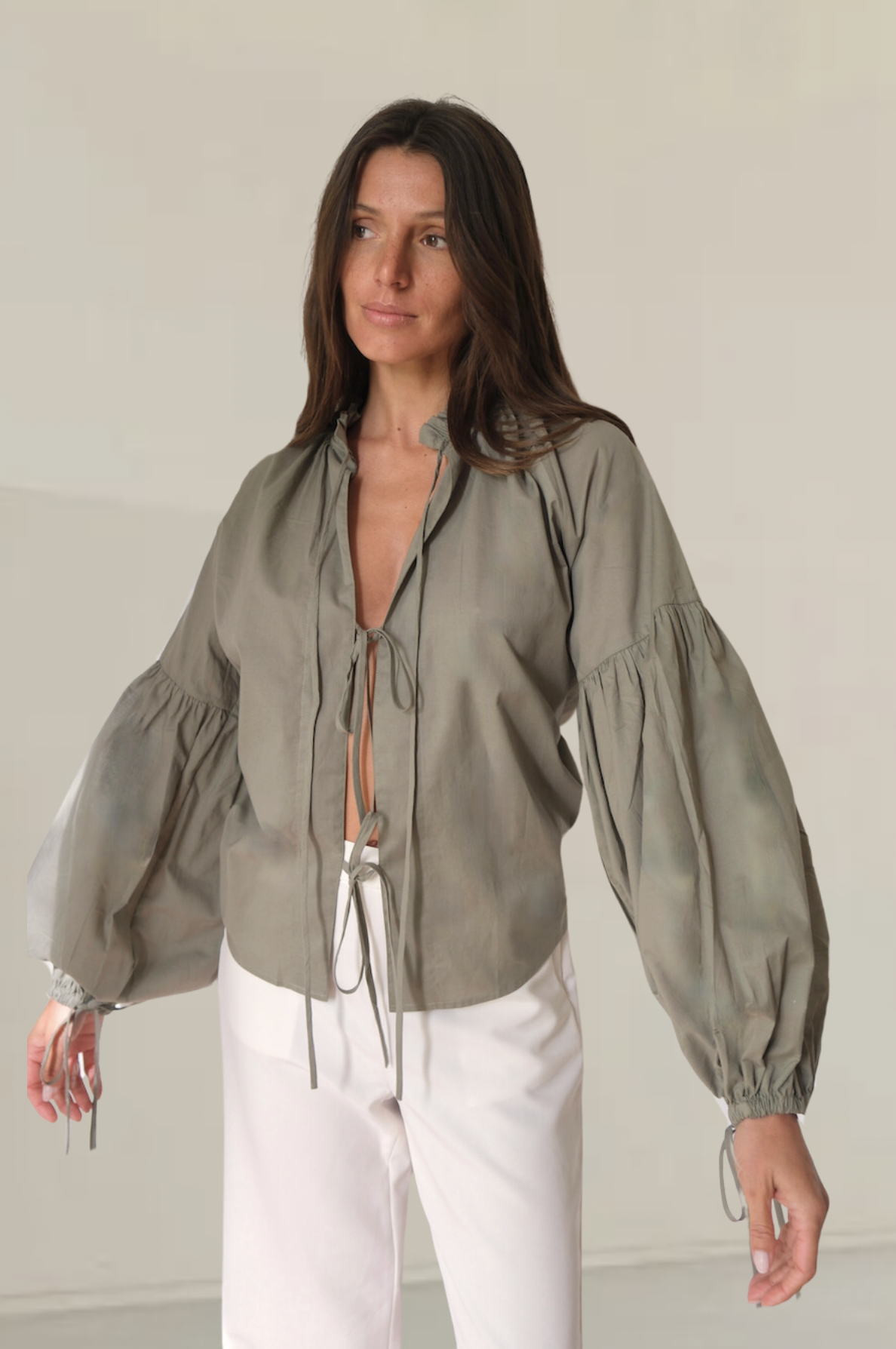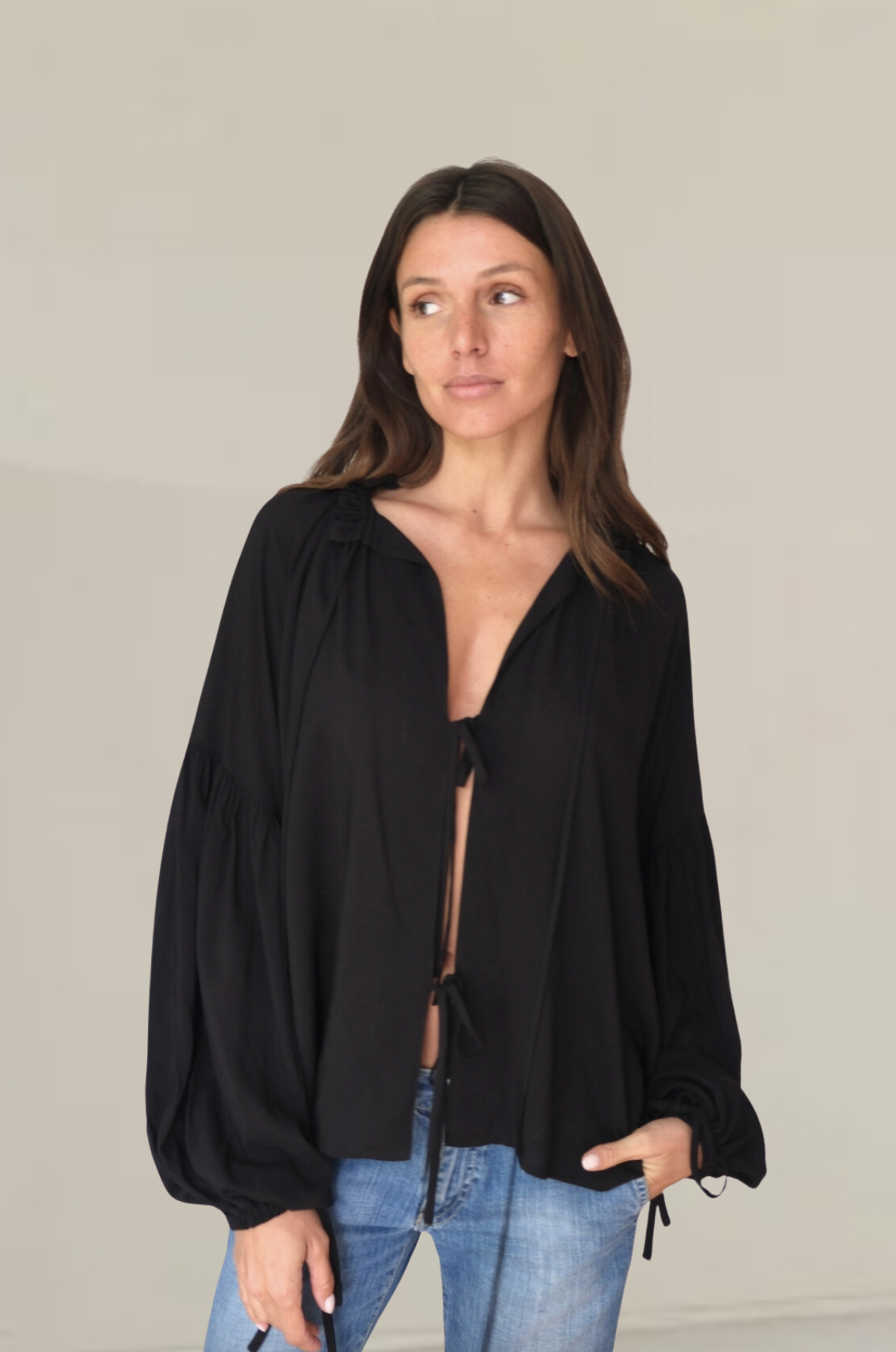RESPONSIBILITY • FABRIC LIBRARY
Mies pieces are made from prime deadstock fabrics coming from the surplus stocks of other luxury houses. This selection of deadstock materials, allows us to create high-end quality garments while reducing waste. Through a partnership with Recovo, we are able to trace, measure, and communicate the environmental footprint of each fabric selected.
Our Fabrics Impact Reports can be found below:
RECYCLED COTTON
Sienna Dress | Blue and White
€420.00
Garments crafted with Recycled Cotton include:
Mia Blouse | Blue and White
€275.00
NATURAL COTTON
Palma Dress | Sage
€325.00
Garments crafted with Recycled Cotton include:
Mia Blouse | Sage
€275.00
BABELA VISCOSE
Mia Blouse | Black
€275.00
Garments crafted with Recycled Cotton include:
Mia Blouse | White
€275.00
CRÊPE VISCOSE
Sienna Dress | Butter
€490.00
Garments crafted with Recycled Cotton include:
Palma Dress | Petroleo
€390.00
Can’t find the fabric from your garment and want to know more about its impact? Get in touch!
















